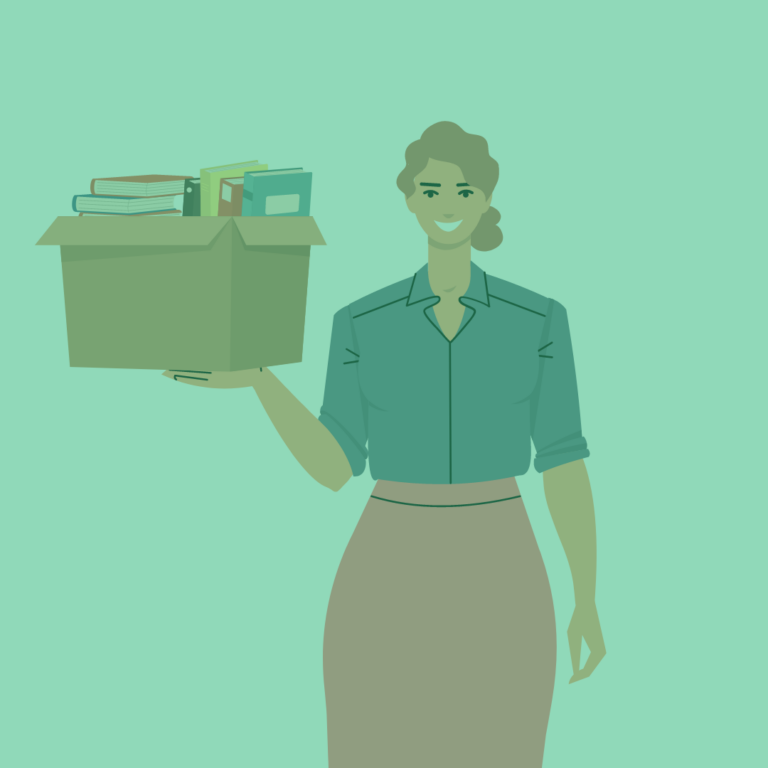By Johan Snels – Data Engineer
Hello and welcome to the first in a series of blogs around data platforms! We’ll start off with a quick introduction, explaining what data platforms are and why you should refrain from getting the last new version of your erp software in favour of a brand new data platform.
Abstraction, baby!
Conceptually, you can think of a data platform as a big box of information. Information concerns everything you might need to know about your company’s activities (financials, ongoing projects, customers etc.). Assume you’re a construction company and you want to generate reports on the planning, budget, operational margins and alerts for each of your building sites. As a consumer of information, you don’t care where this information comes from. You just want to have it. All of it. As easily as possible, without any delays and in a nice couple of charts on your screen. That’s what a data platform provides. It serves as a layer of abstraction for all information needs within your company. The concept of abstraction refers to the fact that the data platform gathers information from all of your different software packages (ERP, CRM, Accounting, etc.) and delivers it to you in a clean and organized way without you having to worry where it all comes from.
One of my colleagues made the comparison with a librarian, who we’ll call Judy. Let’s say you’re a fan of Middle Eastern Mosque architecture during the 12th century and you’re looking for books so you can spend a cosy Sunday afternoon in your rocking chair. Instead of going through all the book sections, you ask Judy to provide all the books relating to the subject. Since Judy is a dedicated information gatherer, she gets to work immediately. Not only does she provide you with a box of all relevant books, she also includes a summary with the most important conclusions represented in a few nice charts. Judy is a heroine. Not one of those syringe-injected substances that makes you forget which side of the world you’re on, but the kind that spares you from a bunch of dull work and saves you a couple of hours of work each week. Judy is a kind of data platform in her own way.


Components
A data platform usually has three major functionalities:
- Gather information
- Store and process this information
- Deliver the information to an end user
For each of these functionalities, there is some kind of software enabling it. The data platform can be seen as a combination of different building blocks of software which, combined, make all the above possible. It is quite simple if you come to think of it. Gather information, store it somewhere cheap and deliver it to any authorized person when they ask for it. In most companies, this information gathering, storing and delivering is still a manual process which takes up a lot of time.
A mistake which is often made is that companies maintain a plethora of API connections between their different software systems. This leads to unmanageable complexity and scales even worse than your 90’s on-premise server setup

Insights, automation & optimization
It is all nice, having some kind of weird llama-like black box that spits out information whenever you ask for it. However, it would be nice to see some of the benefits that a data platform offers. After all, the weird black box does a lot, except for paying for itself.
The first thing you’ll notice is that you’ll start to gain a lot of new insights in your company’s processes. Where do my customers live? How did they get to know our brand? Which characteristics do they have in common and how can I target them efficiently? Additionally, you’ll get more overview in the status of your different projects, enabling you to react quickly in case of cost overruns or other issues.
When you have all this information at your fingertips, the next step is to act upon these newly gathered insights and optimize your business processes. When you notice that the productivity in your Antwerp plant decreases by 25% each Tuesday afternoon, you might want to ask the ice cream truck to re-schedule its route so it passes by your factory during lunch break instead of in the afternoon.
The danger of not having a data platform is that it won’t stop your company from doing business as usual today. However, if you don’t invest in making your company data-driven, chances are that you’ll start running behind your competitors or even run out of business in a couple of years. The world evolves towards a data-driven entity, so should your company.
In our next blog, we talk about signs that indicate you might be in need of a data platform, so check it out and let us know what you think! If you’re excited about our content, make sure to drop us a follow on LinkedIn and stay informed about this series. Interested in how a data platform would look like for your organization? Book a meeting with one of our data architects and we’ll tell you all about it!
